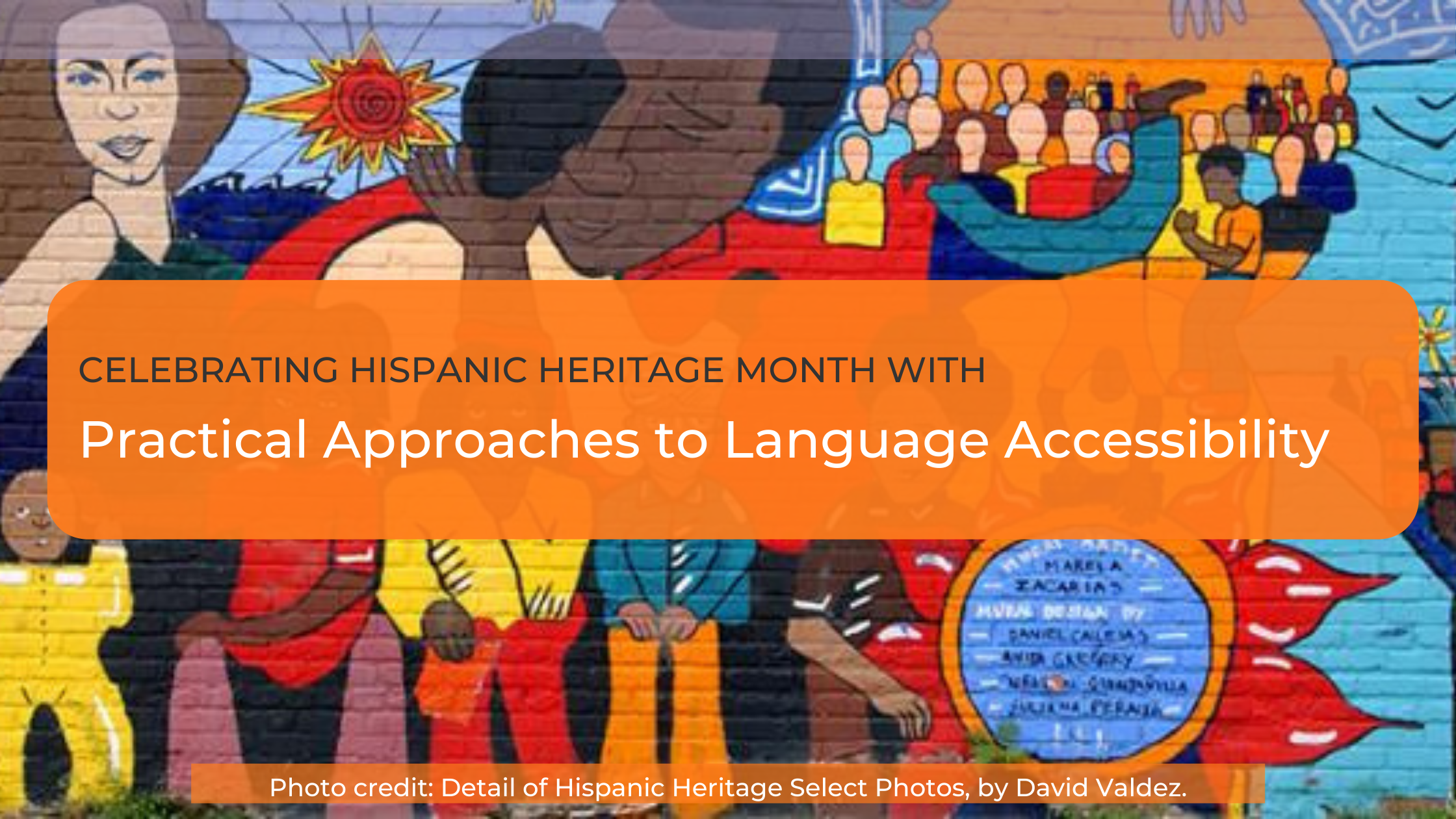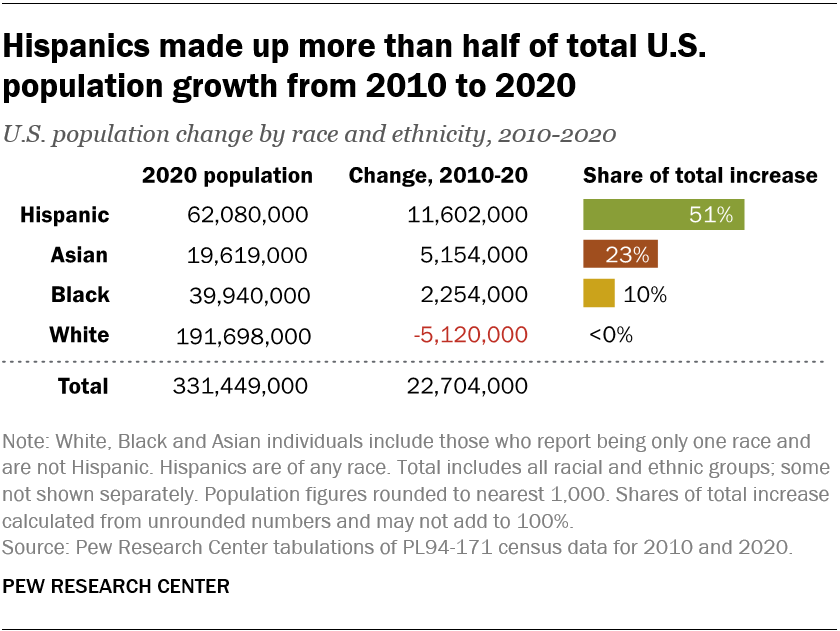
The annual celebration of Hispanic Heritage in the United States runs from September 15th through October 15th. Started first as a week-long celebration by Congress in 1968, the celebration has expanded to a month-long holiday that commemorates Hispanic culture, history, and the inspirational achievements of Hispanic American champions.
According to the Pew Research Center,
The U.S. Hispanic population reached 62.1 million in 2020, up from 50.5 million in 2010. The 23% increase in the Hispanic population was faster than the nation’s growth rate (+7%), but a slower increase than in the Asian population (+36%). In 2020, Hispanics made up nearly one-in-five people in the U.S. (19%), up from 16% in 2010 and just 5% in 1970.
Language Accessibility
With over 20% of Americans speaking a language other than English, lowering the language barriers to public participation can be challenging for governments.
2021 marks the 21st anniversary of Executive Order 13166 that was designed to improve access for people with limited English proficiency (LEP) in the United States.
We rely on language services to get essential information to the public
Twenty-one years later, the COVID-19 pandemic – as well as intervening events such as the September 11th terrorist attacks, Hurricane Katrina, wildfires, and other national disasters – has reminded us how critical that role is. We, along with our state and local partners, rely on language services, including interpretation and translation, to get essential, life-changing information to all members of the public.
-Assistant Attorney General Kristen Clarke
Practical Approaches to Language Accessibility
Governments and public engagement practitioners who have accepted the responsibility and challenge of developing language accessibility plans that are both equitable and practical rely heavily on many of the standard resources like:
But, what we have learned following the pandemic is that there is a new era of public engagement that demands practical and accessible options for the community to engage.
We also heard from governments, planners, and practitioners — all in the US — who stated that virtual meetings were here to stay.
91% of responding PublicInput users reported that their local or state governments had amended their sunshine laws and guidelines to allow virtual meetings to be held in a formal capacity.
The shift away from exclusively in-person engagement tactics meant that the need for practical and accessible language options became even more urgent.
With PublicInput’s real-time Multilingual Closed Captioning for virtual public meetings language accommodation stress becomes a thing of the past.
Built specifically to address the limitations inherent in tele-conferencing platforms, the Multilingual Closed Captioning feature provides an unmatched solution to many of the common restrictions by:
-
- Automatically supporting over 108 languages
- Does not require a live interpreter to transcribe
- No per meeting set up delays or special licensing fees required
- No lag during the live meeting to support captioning
- No separate streams required for multiple language support
Want to learn more about how Multilingual Closed Captioning can help in your community?




